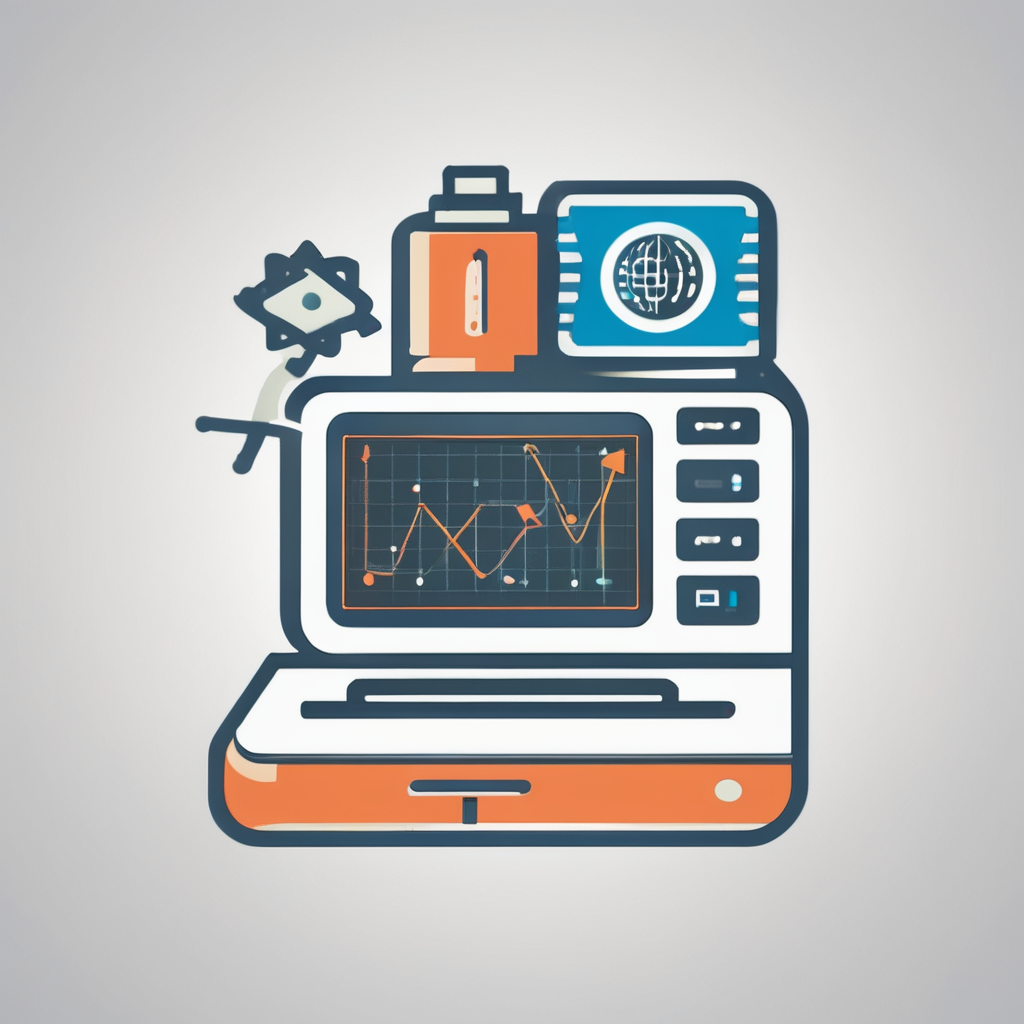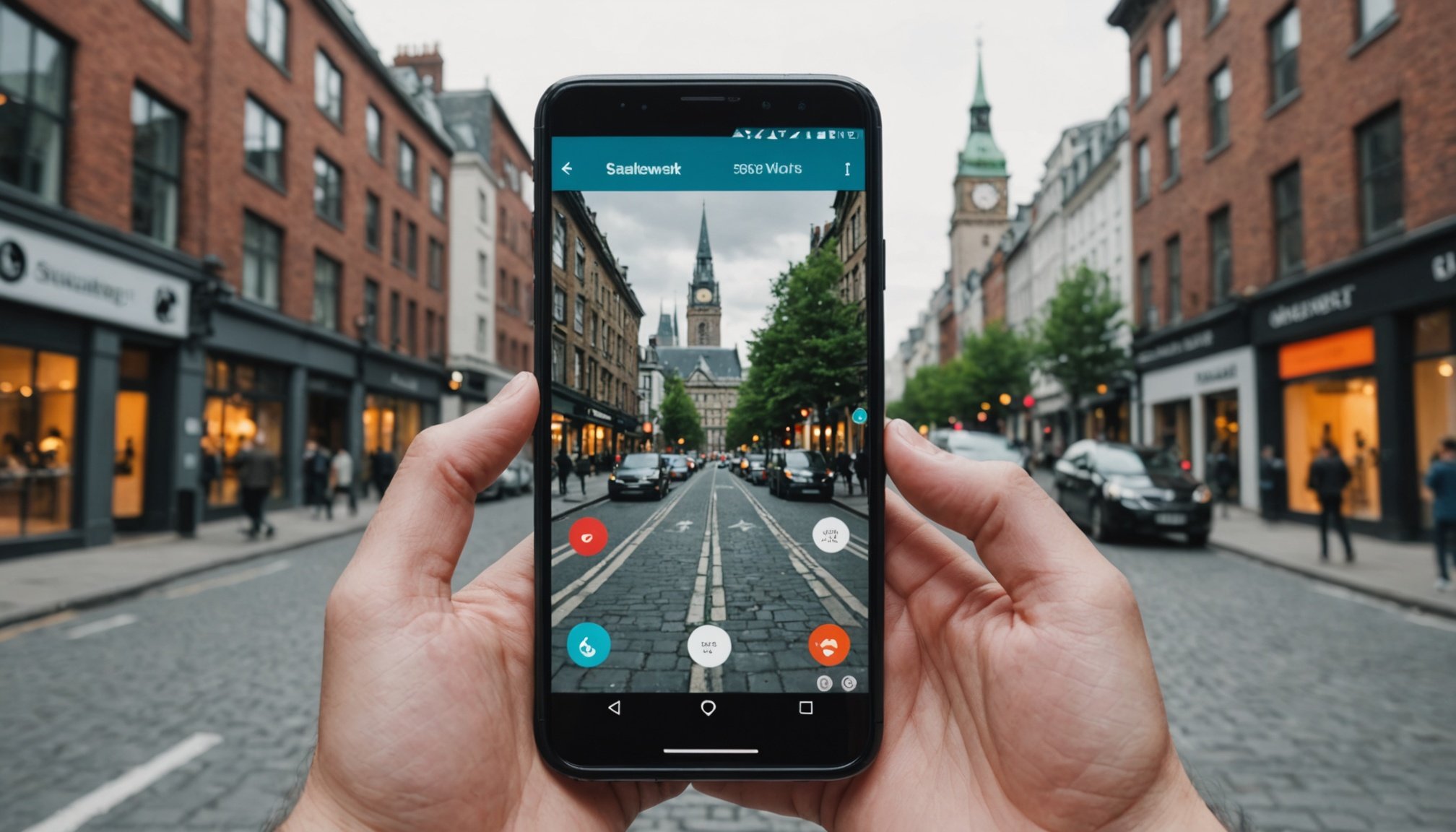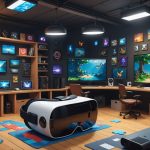Augmented reality (AR) has transformed how we interact with our environment. Yet, many smartphone users struggle to unlock its full potential. Performance issues can hinder your AR experience, leading to frustration. This guide provides essential tips for optimizing your smartphone, ensuring smoother graphics, reduced lag, and enhanced responsiveness. Discover practical strategies that not only improve performance but also elevate your overall AR adventures. Embrace the technology and fully experience the wonders of augmented reality.
Understanding Augmented Reality and Smartphone Performance
Augmented reality (AR) seamlessly blends digital elements with the real world, transforming how we interact with our surroundings. This technology relies heavily on smartphone performance to deliver immersive experiences. A smartphone's processor, camera, and sensors play crucial roles in rendering AR applications smoothly. Without robust performance, users may encounter lag or inaccuracies in the augmented visuals.
Also to read : Smart Home Automation: How to Harness Your Smartphone for Effective Scheduling
High-quality AR applications require efficient processing power to overlay digital information accurately onto the real world. The camera captures the environment, while sensors help in positioning the digital elements correctly. A smartphone with a powerful processor ensures that these tasks are executed seamlessly, providing a fluid AR experience.
However, users often face challenges with AR applications. Common issues include battery drain, overheating, and latency, which can diminish the overall experience. To mitigate these, choosing a smartphone with a strong battery life and efficient cooling systems is advisable. Additionally, keeping the device updated with the latest software can enhance performance and reduce latency.
Additional reading : Your Ultimate Guide to Crafting a Daily Reflection Digital Journal on Your Tablet
Understanding these aspects allows users to make informed decisions, ensuring their device is well-suited for augmented reality experiences. By prioritising smartphone performance, users can fully enjoy the potential of AR technology.
Optimizing Smartphone Settings for AR Applications
To fully enjoy augmented reality experiences, adjusting your smartphone settings can make a significant difference. Begin by fine-tuning the display settings to enhance visual quality. Increasing screen brightness and resolution can improve the clarity of AR visuals, making digital elements more vivid and realistic.
Another crucial step is managing background processes. AR optimization requires substantial processing power, and background apps can drain resources, leading to lag. By closing unnecessary applications, you can free up memory and processing capacity, ensuring smoother AR performance.
For those comfortable with advanced configurations, enabling developer options offers additional tweaks. This setting allows users to adjust animation scales, limit background processes, and even simulate different display modes. These adjustments can further refine the AR experience by enhancing responsiveness and reducing latency.
- Display settings: Adjust brightness and resolution for clearer visuals.
- Background processes: Close unused apps to free up resources.
- Developer options: Explore advanced settings for enhanced performance.
By focusing on these performance settings, users can significantly improve their AR applications' functionality. Optimizing your smartphone ensures that the device can handle the demands of augmented reality, providing a more immersive and enjoyable experience.
Hardware Upgrades for Enhanced AR Performance
For an optimal augmented reality experience, considering hardware upgrades can significantly boost your smartphone's capabilities. Understanding the recommended smartphone specifications is crucial for running AR applications smoothly.
Recommended Hardware Specifications
When it comes to AR performance, a smartphone with a powerful processor, ample RAM, and sufficient storage is essential. A high-performance processor like the Snapdragon 8 series or Apple’s A-series chips ensures that AR applications run without hiccups. These processors are designed to handle complex computations required for rendering augmented visuals.
Benefits of Upgrading RAM and Storage
Increasing your device’s RAM can enhance multitasking and prevent lag during AR sessions. More RAM allows for smoother transitions and reduces latency in rendering digital elements. Similarly, upgrading storage not only provides more space for AR applications but also improves data retrieval speeds, leading to faster loading times.
Choosing the Right Processor
Selecting a processor with a high clock speed and multiple cores is vital for optimal AR experience. Such processors can efficiently manage the demands of AR applications, ensuring that digital overlays are rendered accurately and in real-time. Prioritising these hardware upgrades can transform your smartphone into a robust platform for augmented reality.
Essential Apps and Tools for AR Optimization
To maximize the potential of AR apps, incorporating specialised tools can significantly enhance your smartphone's performance. These tools not only improve the overall AR experience but also ensure that your device operates efficiently.
Top Apps for Enhanced AR Experiences
Several AR apps are designed to enrich user interactions by offering advanced features and functionalities. These applications provide intuitive interfaces and user-friendly settings that allow for greater customization and personalization of the AR experience. By selecting the right app, users can enjoy more immersive and interactive digital overlays.
Tools for Monitoring and Improving Performance
Performance tools are essential for maintaining optimal smartphone functionality while using AR apps. These tools monitor system resources, manage memory usage, and prevent overheating. By regularly using performance tools, users can ensure that their devices remain responsive and capable of handling the demanding nature of AR applications.
Customizable Settings in AR Applications
Many AR apps come with built-in settings that allow users to customize their experience. Adjusting these settings can lead to better visuals, reduced latency, and improved overall performance. Customization options may include adjusting frame rates, optimizing graphics quality, and managing resource allocation to ensure a seamless AR experience.
Best Practices for Using AR Applications
To enhance your augmented reality experiences, implementing best practices is essential. Ensuring a stable internet connection is a foundational step. AR applications often rely on real-time data, and a strong connection prevents interruptions. When using AR, connect to a reliable Wi-Fi network or ensure your mobile data signal is strong.
Battery drain is a common issue with AR usage. To mitigate this, reduce screen brightness and close background apps. These actions can significantly extend battery life during AR sessions. Additionally, consider using a portable charger for prolonged use.
Regular updates and maintenance of AR apps are crucial for optimal performance. Developers frequently release updates to improve functionality and fix bugs. By keeping apps up to date, users can enjoy enhanced features and a smoother experience. Regularly clearing app cache and data can also help maintain performance, ensuring that the app runs efficiently.
Incorporating these AR usage tips can greatly improve user experience. By focusing on connectivity, battery management, and app maintenance, users can enjoy a more seamless and enjoyable augmented reality journey.
Troubleshooting Common AR Issues
Navigating augmented reality can sometimes be fraught with challenges. Understanding how to troubleshoot common issues can significantly enhance your AR experience.
Identifying and Fixing Performance Lag in AR Apps
Performance lag is a frequent concern in AR applications. To address this, first ensure your smartphone has enough free RAM. Closing unnecessary apps can help free up resources. Additionally, check for software updates, as developers often release patches to improve performance. If lag persists, consider upgrading your device's hardware components, such as increasing RAM or opting for a more powerful processor.
Resolving Connectivity Issues for AR Experiences
A stable internet connection is crucial for seamless AR experiences. If you encounter connectivity issues, verify your Wi-Fi or mobile data signal strength. Switching to a different network or resetting your router may resolve the problem. Additionally, ensure that your device's network settings are configured correctly to avoid disruptions.
Addressing Visual Glitches and Inaccuracies in AR Displays
Visual glitches can detract from the immersive experience of AR. To fix these, recalibrate your device's sensors, as misalignment can cause inaccuracies. Regularly clean your camera lens to ensure clear visuals. If glitches persist, reinstalling the AR app might rectify display issues.
Future Trends in Augmented Reality and Smartphone Technology
The landscape of AR technology is evolving rapidly, with future trends promising to redefine user experiences. Emerging technologies, such as 5G and edge computing, are poised to significantly enhance the capabilities of AR applications.
Emerging Technologies Impacting AR Performance
5G networks are set to revolutionise AR by providing faster data transfer speeds and lower latency. This will allow for more complex and interactive AR experiences, as digital elements can be rendered in real-time without delays. Edge computing complements this by processing data closer to the source, reducing the load on central servers and enhancing the responsiveness of AR applications.
Predictions for Smartphone Advancements in AR
As smartphone advancements continue, we can expect devices to become even more integral to AR experiences. Future smartphones are likely to feature more powerful processors, enhanced sensors, and improved battery life, all contributing to more seamless AR interactions. These advancements will allow for richer, more detailed digital overlays and more immersive experiences.
The Role of 5G and Edge Computing
5G and edge computing will play a crucial role in the future of AR by enabling real-time data processing and reducing latency. This will facilitate more dynamic and interactive AR applications, offering users an unparalleled level of immersion and engagement.
User Experiences and Case Studies
Exploring user experiences and case studies provides valuable insights into the effectiveness of AR applications. Real-world examples highlight how optimised strategies enhance performance, offering a practical perspective on AR usage.
Real-World Examples of Improved AR Performance
In various scenarios, users have reported significant improvements in AR performance by applying targeted optimisation techniques. For instance, a popular gaming app saw a 30% reduction in latency after users adjusted their smartphone settings and utilised performance tools. This improvement led to a more immersive and responsive gaming experience, showcasing the impact of strategic optimisations.
User Testimonials on Effective Optimization Strategies
Many users have shared testimonials about their successful experiences with AR optimisation. One user noted that closing background apps and updating their device software resulted in smoother AR interactions. Another user highlighted the benefits of upgrading their smartphone's hardware, which led to faster rendering times and enhanced visual quality.
Analyzing Case Studies of Successful AR Applications
Case studies of successful AR applications reveal common performance metrics that contribute to their effectiveness. These applications often feature high frame rates, minimal latency, and seamless integration with real-world environments. By analysing these metrics, developers can identify best practices and implement strategies to enhance the overall user experience.











